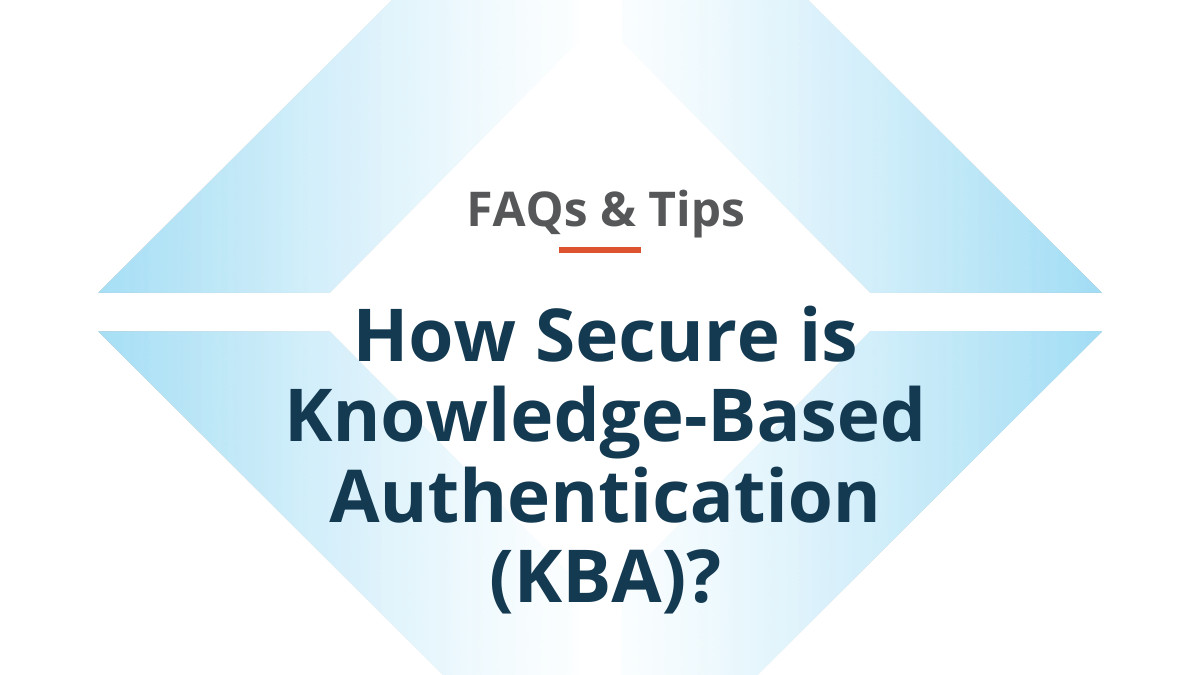
March 28, 2022 | Veratad Blog | Category: Identity Verification
The Case Against a Zero-Friction Identity Verification Strategy
In the last few years, there’s been a major push to remove all friction from identity verification workflows. Companies may think that the only way to create a good user experience is by removing any and all friction from the transaction experience. However, that’s not always the case. Here’s why.
Most businesses and verification providers agree that the customer experience matters a lot. Generally, it’s thought that making an online process easier and more seamless will lead to a better customer experience.
In fact, many modern, mobile-focused companies have mastered the no-friction, or zero friction, transaction. Think about those times you made an impulse purchase on Amazon. It probably only took one click, and depending on your location, the order shows up at your door within a couple days.
As consumers, we’re used to easy, fast online transactions and understandably, the quest for convenience has pushed many companies to constantly re-examine friction in their user workflows looking for ways to achieve zero-friction. One of the areas where companies may look to completely remove friction and extra steps, is in their identity verification processes.
The problem is, however, this may not always be the best approach.
Why a Zero-Friction Approach to Identity Verification May Go Too Far
To meet this new perceived customer expectation, many identity verification providers are touting a zero-friction approach to identity verification; perhaps to the point where any amount of friction is viewed as diminishing the customer experience and as such, should be removed.
Identity verification and age assurance providers that promote this zero-friction approach, make a lot of promises about increasing conversion rates and providing a smoother transaction; but at what cost? Will the surety that your customer is who they say they are matter less than a speedy transaction?
That’s why we believe a zero-friction only approach to identity verification is not the right approach. What we need is an intelligent friction approach to identity verification. This intelligent friction approach is one that we would argue also leads to a better customer experience.
Intelligent Friction – A More Nuanced Approach to Identity Verification Workflows
Ask yourself what is the cost of doing business with someone on the OFAC or PEP’s and Sanctions list? Or issuing a line of credit to a fraudster? It’s certainly more than selling a pair of shoes to the fraudster. While these are just a few examples, you get the point.
Think of friction and risk as if they were on a slider. The more steps or hurdles you remove from your age or identity verification process, the more friction goes down, but the more risk may go up. Making changes to your identity verification and age assurance processes to improve customer experience isn’t a bad practice when done correctly and done with a measured, calculated approach.
You can and you should weigh the risk that your business can tolerate in any transaction against the friction that your customers are willing to accept. Contrary to the claims the zero-friction approach makes, customers are willing to accept barriers where they make sense.
For example, going through an online mortgage application is a long and arduous process for a future homebuyer. There are a lot of steps and barriers along the way that help secure the transaction for both the bank and the prospective homebuyer. Effectively, it’s a process full of friction, but it’s a process they’re willing to endure.
On the other hand, for a legitimate applicant, when they apply for a mortgage and are accepted right away with little to no documentation, perhaps then some red flags may go off in their head. Sure, the experience is easy, but too easy doesn’t make them feel secure. So, in this example, the zero-friction mortgage application experience, is not a good customer experience.
This same logic can be applied to any online business. If there is some amount of risk involved, there are signs of trust that your good customers will want to see. Your verification process won’t be looked at as an inconvenience. It will be a source of reassurance that will lead to a better customer experience for them and more security for your company.
Conclusion – Work with an Intelligent Friction Identity Verification Provider
Your verification process needs to be more than just checking a box and should consider your company’s risks, risk tolerance, compliance requirements and workflows. Working with an identity verification provider solely focused on zero-friction, will likely lead to a diminished customer experience and more risk for your company.
That’s why you should work with a provider that takes an intelligent friction viewpoint and can provide you with the full toolbox of identity verification solutions necessary for you to realize a proper balance of friction and customer experience.
With intelligent friction you can create friction that feels great to your customers and gives them the signs that you’re treating their business with the gravity it deserves, increasing trust on both ends of the transaction.
Veratad can help you get the right amount of friction in your identity verification workflows. See how we can help you by requesting a free demo today.



